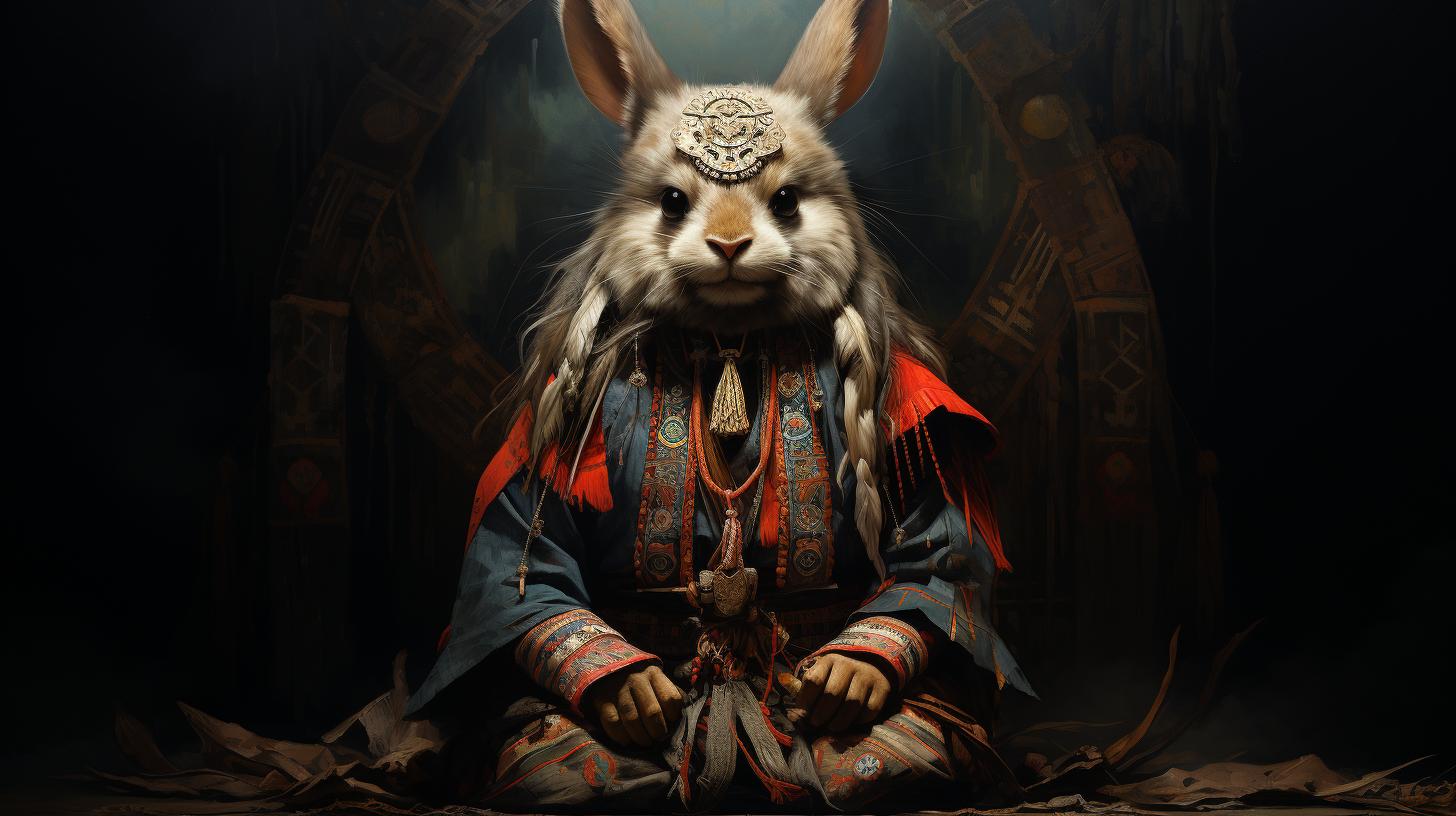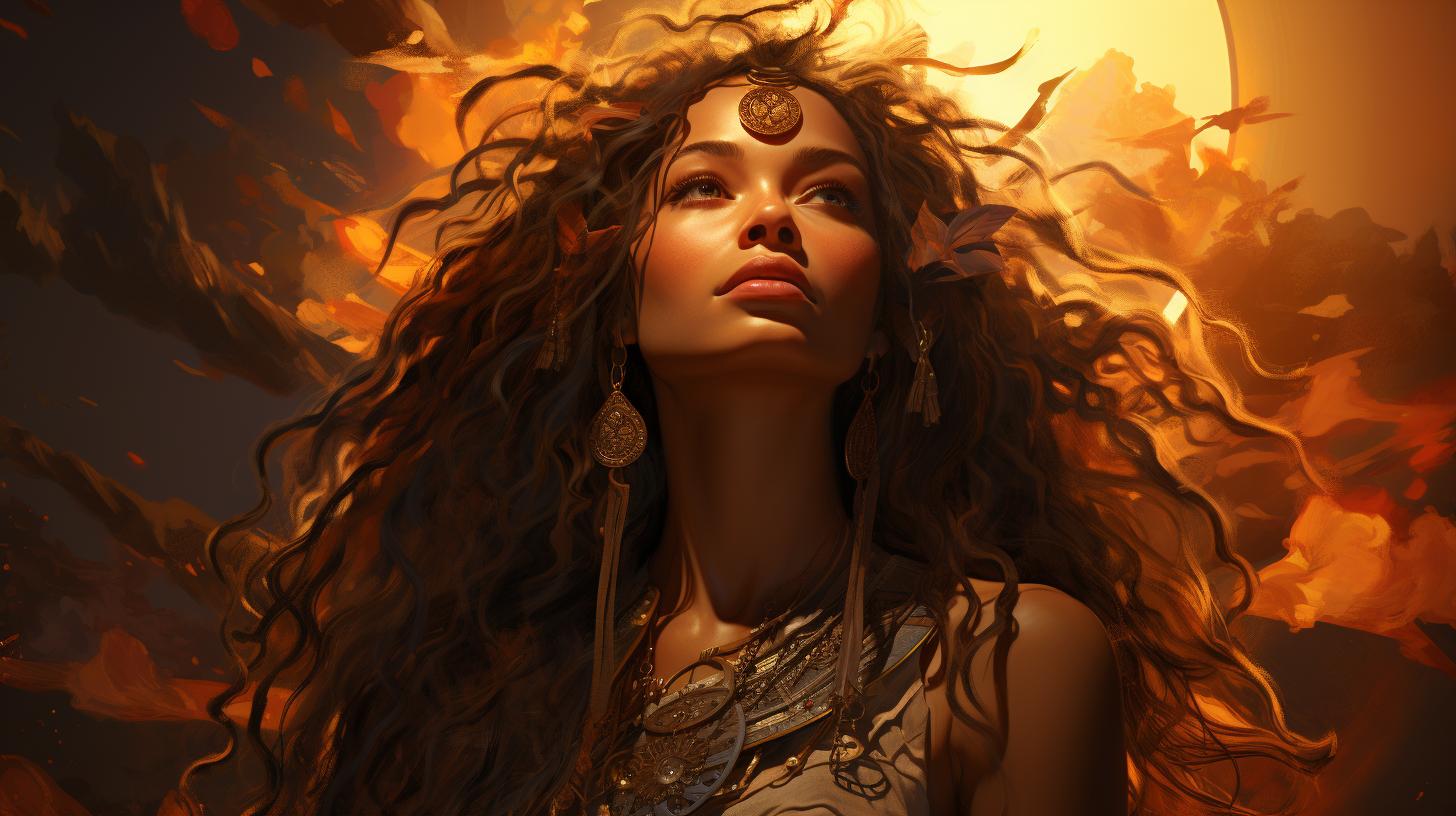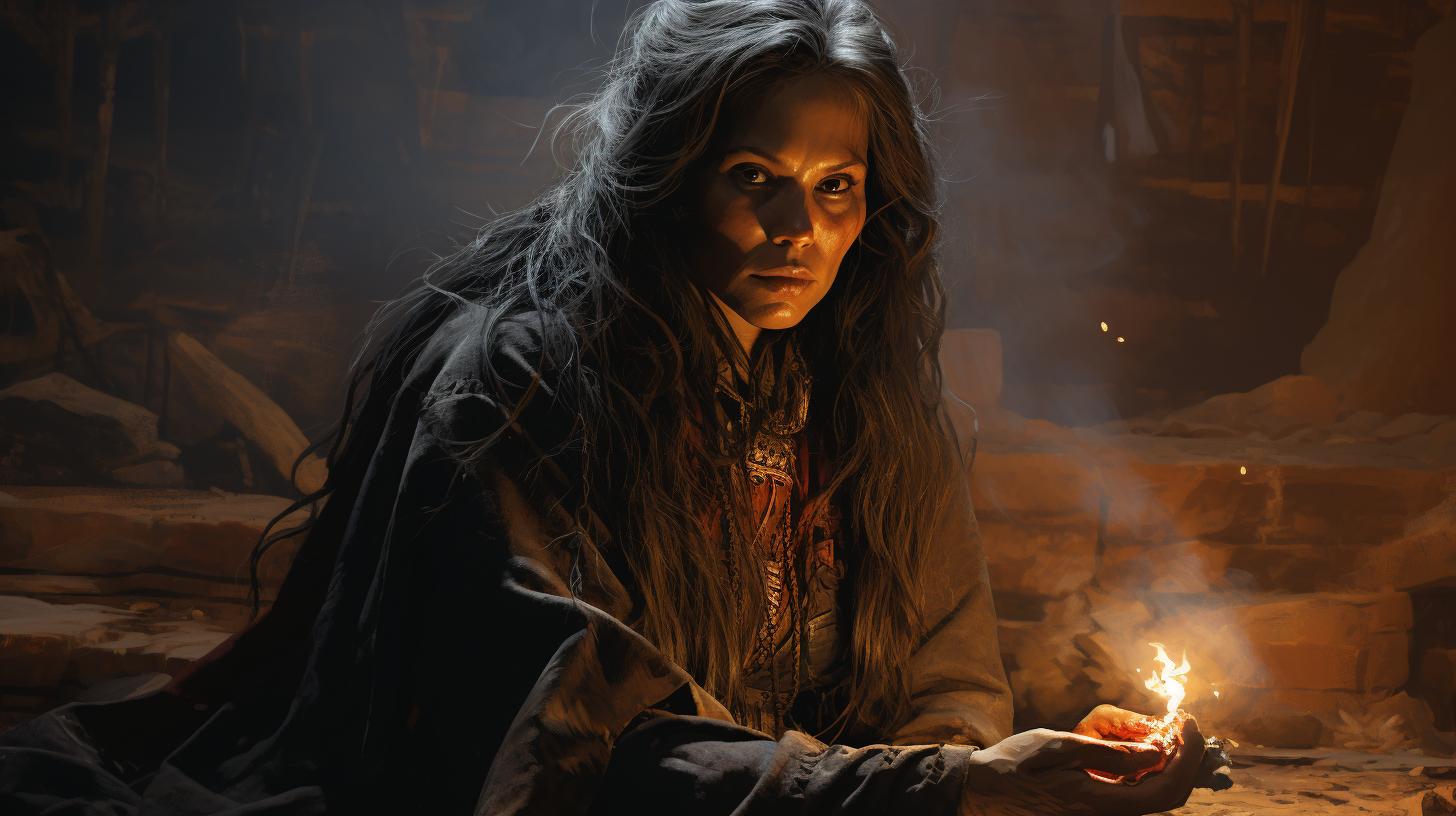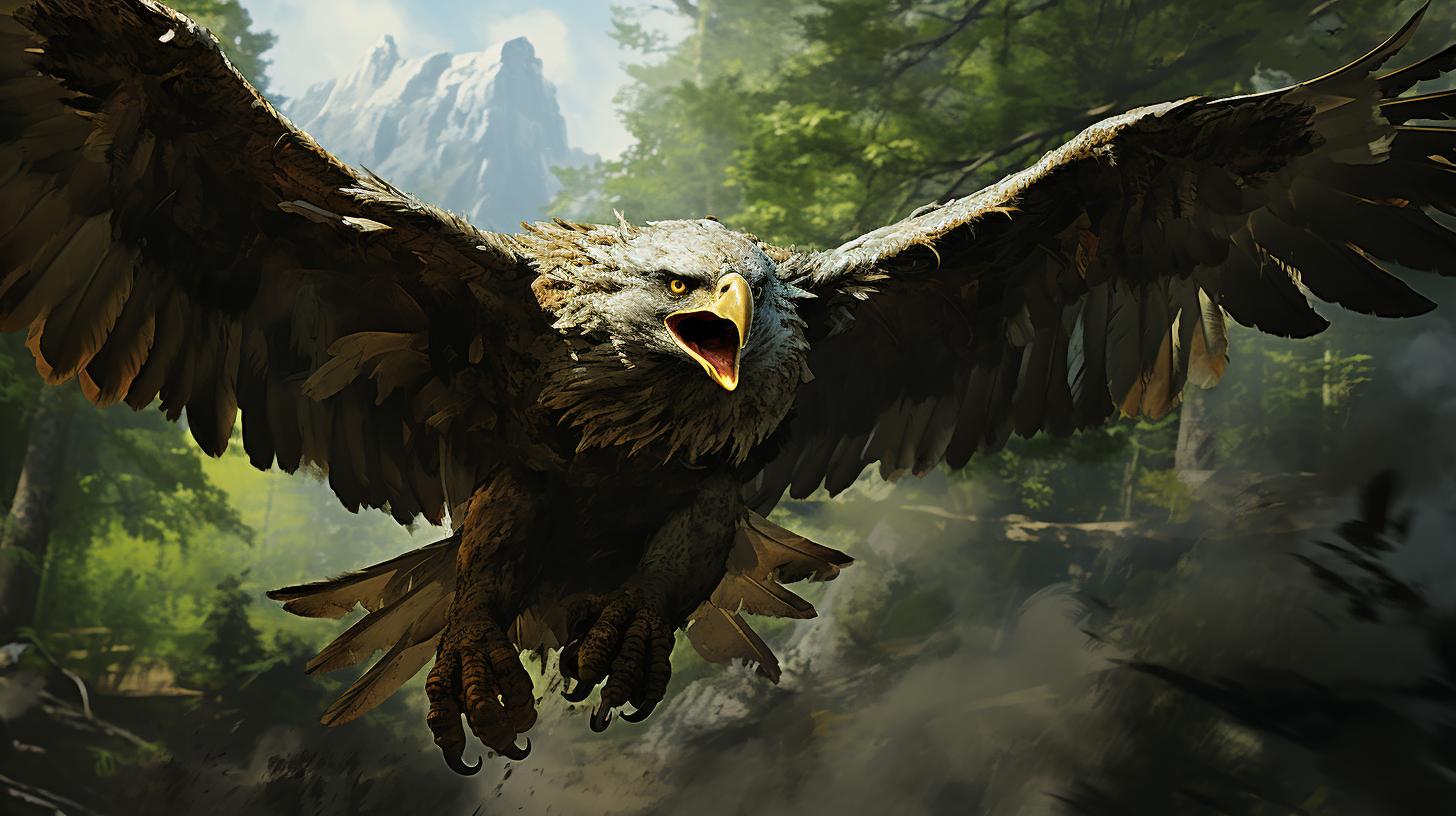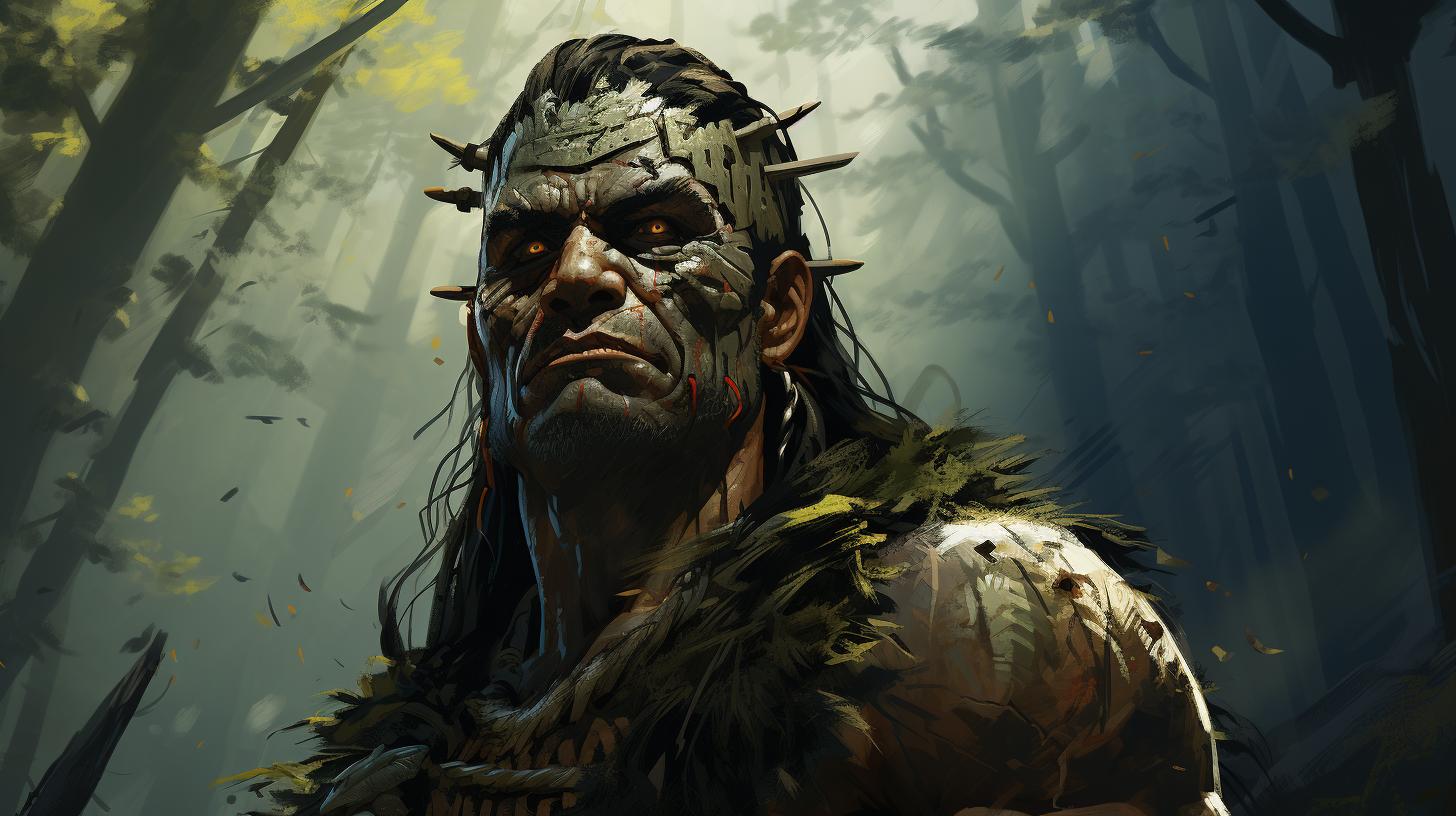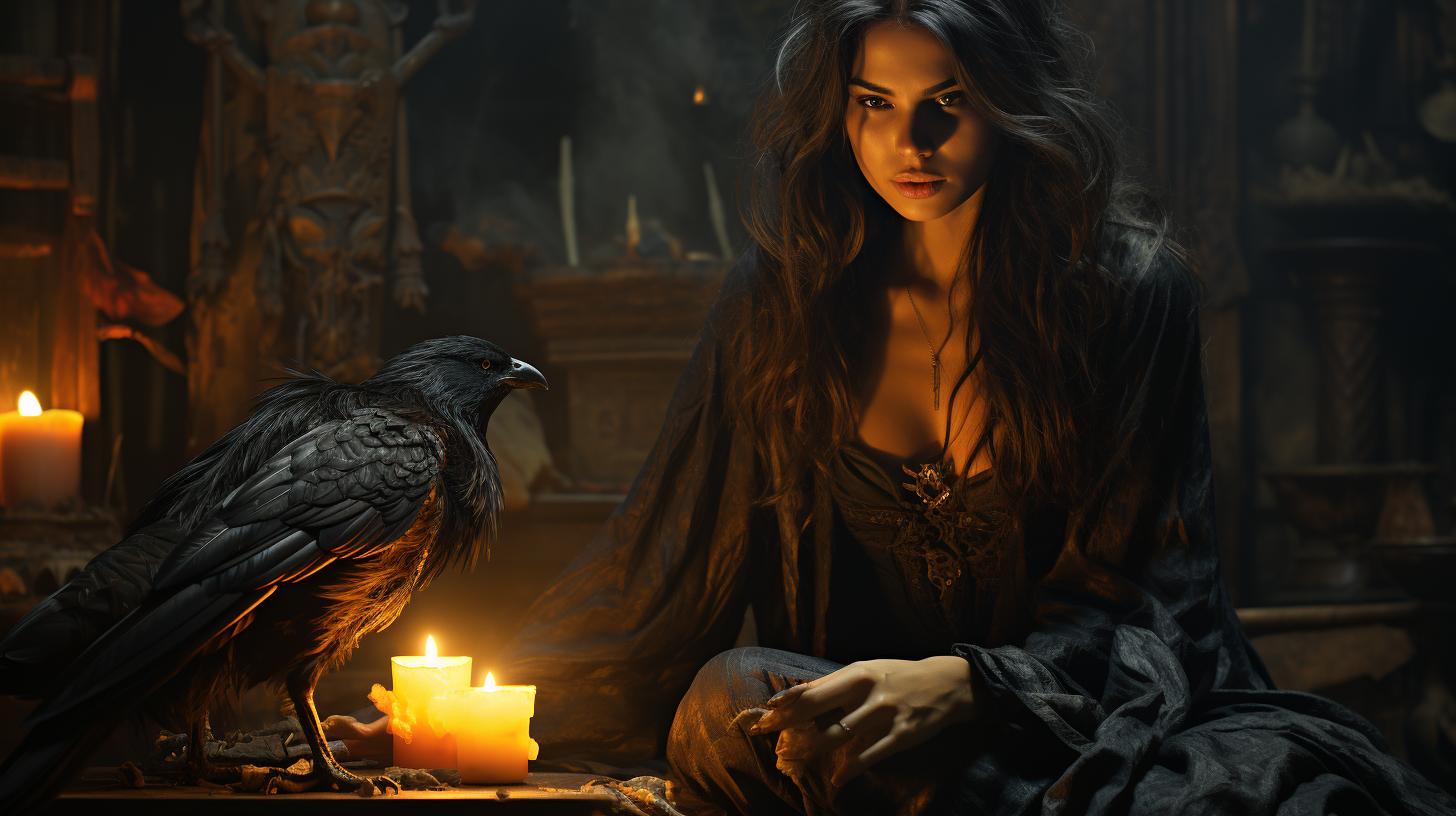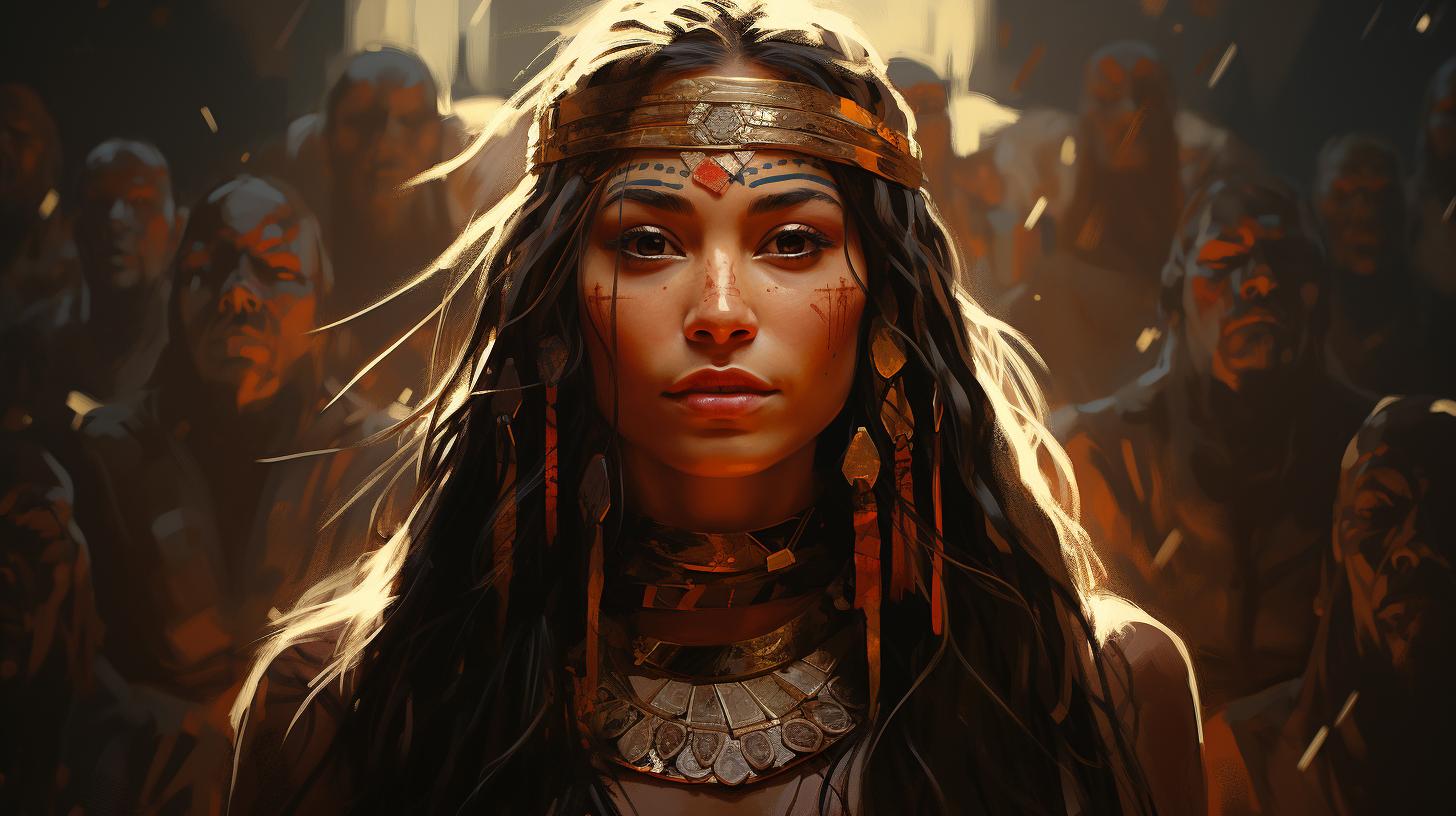Jistu Cherokee: Unraveling the Legends and Folktales

Jistu Cherokee is a legendary figure in Native American culture, particularly among the Cherokee tribes of the Southeast. Known as the mischievous rabbit trickster, Jistu is known for his witty pranks and deceptive behavior.
With origins deeply rooted in Cherokee folklore, Jistu’s stories offer moral lessons and reflections on the consequences of a deceitful life. This article explores the significance of Jistu Cherokee in Cherokee culture, delves into the mythology of the powerful serpent being known as Uktena, and sheds light on the gods and spirits revered by the Cherokee people.
Preserving Cherokee heritage, the tales of Jistu Cherokee continue to be cherished and utilized as a means of cultural preservation and education.
Jistu Cherokee: The Mischievous Rabbit Trickster
Jistu Cherokee is a legendary figure deeply rooted in the Native American culture, particularly among the Cherokee tribes of the Southeast. This mischievous rabbit trickster character, known for his clever pranks and deceptive behavior, holds a significant place in Cherokee folklore.
In this section, we will delve into the origins and legends surrounding Jistu Cherokee, as well as the symbolism and moral lessons embedded within his stories.
Origins and Legends of Jistu Cherokee
The tales of Jistu Cherokee have been passed down through generations, entwined with the traditions and beliefs of the Cherokee people. These stories depict Jistu’s cunning nature and his ability to outsmart others, often with unexpected outcomes.
Although there isn’t a specific familial background associated with Jistu in Cherokee folklore, his legends continue to captivate the imagination of the tribe, showcasing his shrewdness and resourcefulness in obtaining what he desires.
The Symbolism and Moral Lessons in Jistu Cherokee Stories
Jistu Cherokee’s stories are not merely about mischief and pranks; they carry profound symbolism and moral lessons. Through his escapades and interactions with other creatures, Jistu teaches valuable lessons about the consequences of leading a deceitful life.
These tales instill in children the importance of honesty, integrity, and the reverberating effects of one’s actions. By stripping a raccoon of its tail, stealing a deer’s antlers, challenging ducks to a flight competition, or even facing off against the man-eating monster, Jistu’s character illuminates the importance of integrity and the perils of deception.
Exploring Cherokee Traditions and Beliefs
The Cherokee people have a rich cultural heritage encompassing various traditions and beliefs. This section provides an overview of Cherokee mythology and explores the influence of Jistu Cherokee within Cherokee culture.
An Overview of Cherokee Mythology
Cherokee mythology is a tapestry of fascinating stories and legends that have been passed down through generations. These tales often revolve around powerful spirits, animal deities, and supernatural beings.
The Cherokee people hold a deep reverence for these mythical entities, considering them an integral part of their spiritual and cultural identity.
The myths and legends offer profound insights into the Cherokee worldview, their understanding of the natural world, and the interconnectedness of all living beings. They provide explanations for natural phenomena, teach important moral values, and underline the significance of respecting nature and all its creations.
The Influence of Jistu Cherokee in Cherokee Culture
Jistu Cherokee holds a prominent place within Cherokee culture. His mischievous nature and clever pranks have become a significant aspect of their folklore. The stories of Jistu serve as cautionary tales, warning against deceitful behavior and teaching valuable lessons about the consequences of one’s actions.
Jistu’s presence is deeply woven into the fabric of Cherokee society, inspiring artistic expressions, dances, and even ceremonies. His tales are often reenacted during cultural events, reinforcing the importance of integrity, honesty, and respect within the community.
Furthermore, Jistu Cherokee’s influence can be seen in various aspects of daily life among the Cherokee people. His mischievous spirit encourages creativity, quick thinking, and adaptability. By embracing the qualities embodied by Jistu, the Cherokee people aim to navigate life’s challenges with resilience and resourcefulness.
Through the preservation and retelling of Jistu Cherokee’s stories, the Cherokee community continues to pass down their traditions and instill profound cultural values in future generations.
The Uktena: A Powerful Serpent Being in Cherokee Folklore
The Uktena holds a significant place in Cherokee mythology, representing a formidable and dangerous creature with immense power.
This section explores the mythology and symbolism surrounding the Uktena.
The Mythology and Symbolism of Uktena
In Cherokee lore, the Uktena is often described as a giant serpent with horns and multiple tails. It possesses magical abilities and is considered a symbol of great danger and power.
Its appearance is associated with rainbows and is believed to have supernatural control over water.
The Uktena is closely tied to concepts of balance and harmony in Cherokee culture. It is believed that encounters with the Uktena can bring both prosperity and misfortune, emphasizing the delicate balance between humans and nature.
Interactions Between Jistu Cherokee and Uktena in Stories
Throughout Cherokee folklore, there are various stories that feature interactions between Jistu Cherokee, the mischievous rabbit trickster, and the Uktena. These stories often portray Jistu Cherokee attempting to outsmart the Uktena or encountering the creature in challenging situations.
Interactions with the Uktena serve as cautionary tales, illustrating the consequences of arrogance and trickery. Jistu Cherokee’s cleverness is tested when facing the powerful serpent being, highlighting the importance of respecting nature and the dangers of deceit.
Overall, the Uktena holds a significant place in Cherokee mythology, representing a powerful force rooted in both danger and balance. Interactions between Jistu Cherokee and the Uktena in stories provide valuable lessons about the consequences of deceitful behavior and the need for harmony with the natural world.
This aspect of Cherokee folklore continues to be cherished and passed down through generations, preserving the rich cultural heritage of the Cherokee people.
Famous Cherokee Gods and Spirits
Famous Cherokee mythology is rich with a diverse pantheon of gods and spirits that hold great significance in the culture and beliefs of the Cherokee people. These deities play various roles in Cherokee folklore, representing different aspects of nature, creation, and the human experience.
Key Deities in Cherokee Mythology
Within Cherokee mythology, several key deities stand out, each with their own unique characteristics and stories.
- The Great Apportioner: This deity is responsible for dividing the world and establishing the domains of different animals and spirits.
They play a vital role in maintaining balance and order in the Cherokee cosmology.
- Aganunitsi: Known as the “Long Man,” this deity personifies water and rivers. Aganunitsi is deeply revered as the provider of life-sustaining resources and is associated with healing and purification.
- Unelanuhi: This deity is considered the goddess of the sun and offers protection and guidance.
Unelanuhi is associated with light, warmth, and the cycle of day and night.
- Ata’halne: Known as the “Great Buzzard,” this deity is linked to death and the afterlife. Ata’halne is believed to carry the souls of the deceased to the spirit world, ensuring their safe transition.
Connection Between Jistu Cherokee and Cherokee Gods
While Jistu Cherokee is primarily known as a trickster figure, his stories often intersect with the realm of the gods and spirits in Cherokee mythology.
In some tales, Jistu comes into contact with deities like Aganunitsi or Unelanuhi, where his cunning and mischief result in unexpected consequences.
- Aganunitsi and Jistu: In one story, Jistu attempts to prank Aganunitsi by diverting water from a river, causing chaos and disrupting the natural balance.
However, Aganunitsi, aware of Jistu’s tricks, cleverly outwits him and restores order.
- Unelanuhi and Jistu: Jistu, in his mischievous nature, tries to steal Unelanuhi’s light to play pranks on the world.
However, Unelanuhi, with her wisdom and power, thwarts his plans and teaches him a valuable lesson about the importance of respecting natural forces.
These encounters between Jistu Cherokee and the Cherokee gods showcase the dynamic relationship between mischief and consequences, highlighting the moral lessons embedded within Cherokee mythology.
Preserving Cherokee Heritage: Storytelling and Adaptations
Storytelling plays a crucial role in preserving the rich cultural heritage of the Cherokee people. Through the generations, Jistu Cherokee stories have been passed down, ensuring the preservation of the tribe’s traditions and values.
These stories serve as a powerful educational tool, teaching young members of the community about the importance of honesty and the consequences of deceit.
The Importance of Jistu Cherokee Stories in Cultural Preservation
Jistu Cherokee stories hold immense value in cultural preservation efforts.
They not only provide a glimpse into the past, but also offer insights into the Cherokee way of life, their beliefs, and their close relationship with nature. These stories serve as a reminder of the resilience and wisdom of the Cherokee people, fostering a sense of pride and identity within the community.
By preserving and sharing Jistu Cherokee stories, the Cherokee people ensure that their cultural heritage continues to thrive. Through these tales, the younger generation gains a deeper understanding of their roots and the importance of cherishing their heritage.
Literary Adaptations and Resources for Learning about Jistu Cherokee
- Literature: Many authors have adapted Jistu Cherokee stories into books and novels, making them more accessible to a wider audience. These literary adaptations not only make the tales more engaging but also serve as valuable resources for learning about Cherokee folklore and cultural traditions.
- Children’s Books: Numerous children’s books have been written that feature Jistu Cherokee and his mischievous adventures.
These books not only entertain young readers but also impart important lessons about honesty, respect, and the consequences of one’s actions.
- Museums and Cultural Centers: Museums and cultural centers often showcase exhibits dedicated to Cherokee folklore and storytelling.
These spaces provide opportunities for visitors to learn about Jistu Cherokee and other important figures in Cherokee mythology.
- Native American Education Programs: Educational programs focused on Native American culture, such as workshops and classes, offer a deeper understanding of Jistu Cherokee and his significance within the Cherokee tribe.
These programs contribute to the preservation and appreciation of Cherokee heritage.
Through the combination of literary adaptations, educational resources, and cultural institutions, the Cherokee people ensure that the legacy of Jistu Cherokee and their cultural heritage remains vibrant, alive, and accessible to all who seek to learn and appreciate their traditions.
.

